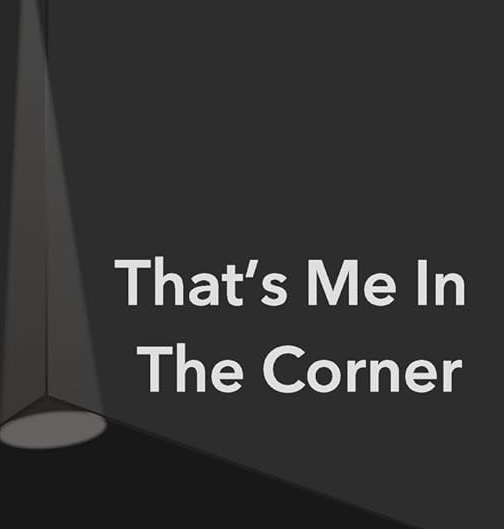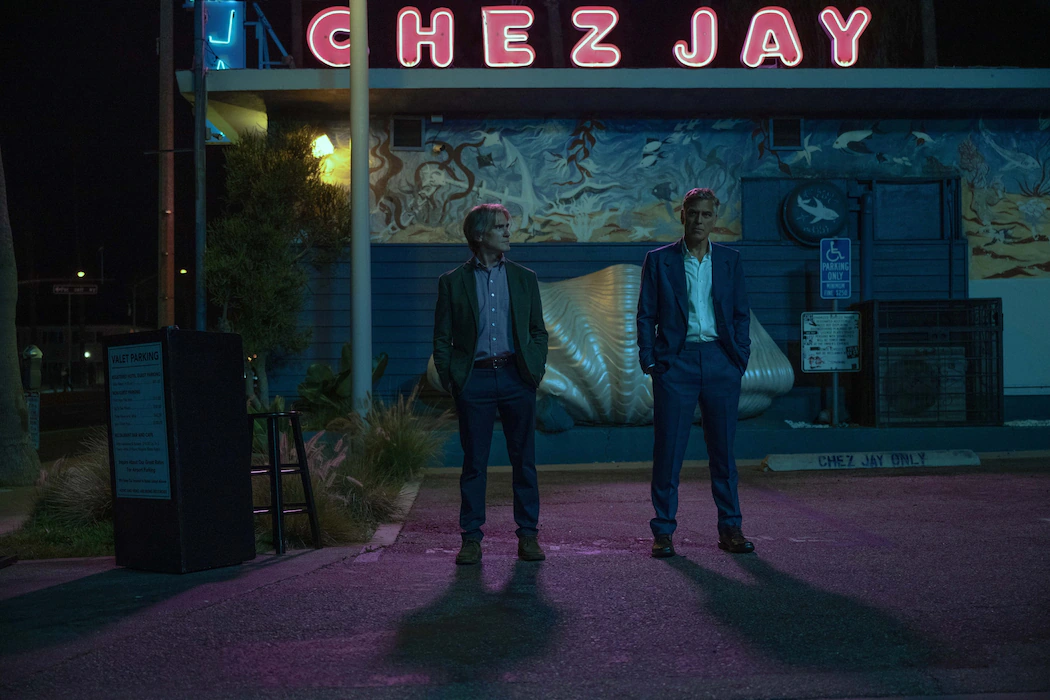Released in 1991, R.E.M.’s “Losing My Religion” quickly became one of the band’s most iconic songs, resonating with audiences for its exploration of themes like unrequited love, personal struggle, and the loss of faith. The title, which refers to a Southern expression meaning to lose one’s temper or composure, provides the framework for a deeper emotional narrative that unfolds through the lyrics. One of the most memorable lines in the song, “That’s me in the corner,” encapsulates the feelings of isolation, self-reflection, and vulnerability that define the song’s message.
The Line: “That’s Me in the Corner”
When lead singer Michael Stipe delivers the line, “That’s me in the corner,” it serves as a vivid moment of self-awareness and detachment. The narrator, in a state of emotional turmoil, feels marginalized or sidelined, as though they are watching their life unfold from a distance. This metaphorical “corner” suggests an alienation from both the external world and their internal desires, a place where they feel out of place or ignored.
The corner also becomes a symbol for introspection. From this vantage point, the narrator not only witnesses their own isolation but reflects on their emotional state, which is marked by longing and confusion. It’s a powerful image that resonates with listeners who have experienced feelings of invisibility or exclusion in moments of personal crisis.
Unrequited Love and Vulnerability
At its core, “Losing My Religion” revolves around the pain and frustration of unrequited love. The narrator expresses intense feelings for someone but is unable to fully communicate or act on those emotions. This emotional restraint and desperation are mirrored in lines like “I thought that I heard you laughing, I thought that I heard you sing.” These reflections point to the narrator’s uncertainty about whether their feelings are reciprocated, leading to an agonizing internal conflict.
The song expresses the complexities of love—particularly the kind that goes unspoken or is unreturned. The narrator oscillates between hope and despair, capturing the vulnerable state of someone caught between expressing their emotions and fearing rejection. The sense of futility and the inability to bridge this emotional gap lead to feelings of isolation, perfectly encapsulated in the line “That’s me in the corner,” which places the narrator in a space of both literal and figurative marginalization.
“Losing My Religion” as a Metaphor
Although the song doesn’t deal with religion in a literal sense, the phrase “losing my religion” functions as a metaphor for losing one’s sense of direction or purpose. The song taps into the emotional landscape of someone who is grappling with feelings of powerlessness and defeat. In this sense, the narrator is not only losing faith in love but also in themselves, as they wrestle with internal doubts and insecurities.
The interplay between public persona and private emotion is another theme woven into the song. The narrator’s attempts to maintain composure despite the emotional storm brewing within them highlight the tension between societal expectations and personal desires. The lyrics reflect the difficulty of navigating these conflicting pressures, where the desire to connect with others is often tempered by fear and hesitation.
“Losing My Religion” remains a timeless exploration of longing, self-discovery, and the emotional isolation that often accompanies unspoken desires. The line “That’s me in the corner” stands as a powerful emblem of the vulnerability and loneliness felt in moments of personal crisis. Through its introspective lyrics and haunting melodies, the song continues to resonate with listeners as a universal reflection on the complexities of human emotion and the struggle to find meaning amidst chaos.
No comments yet.








